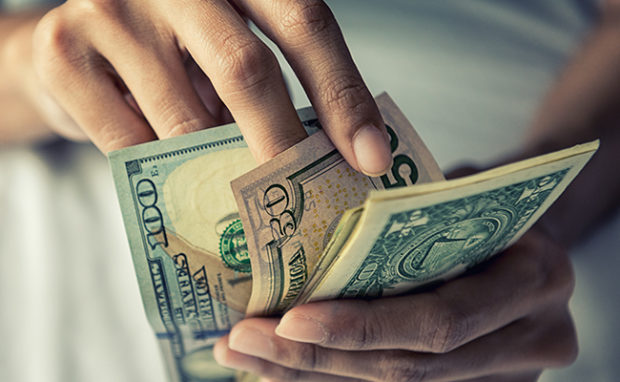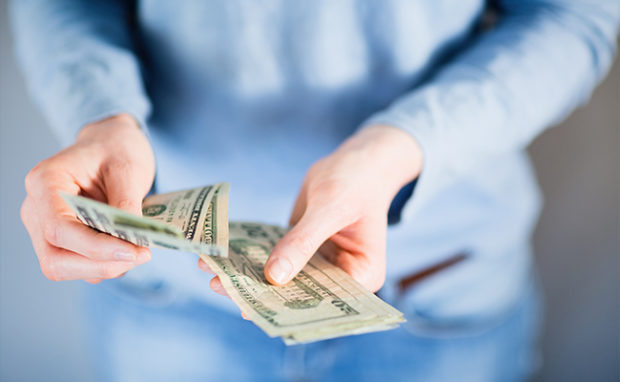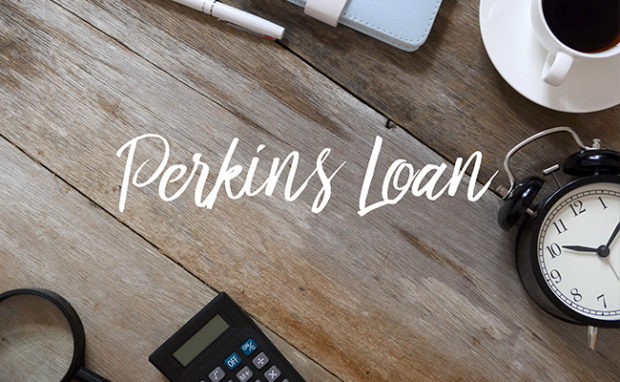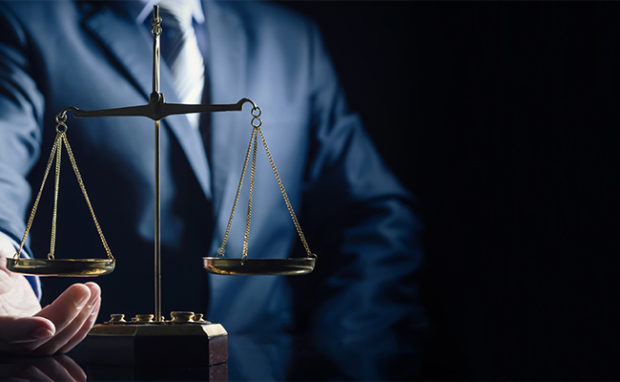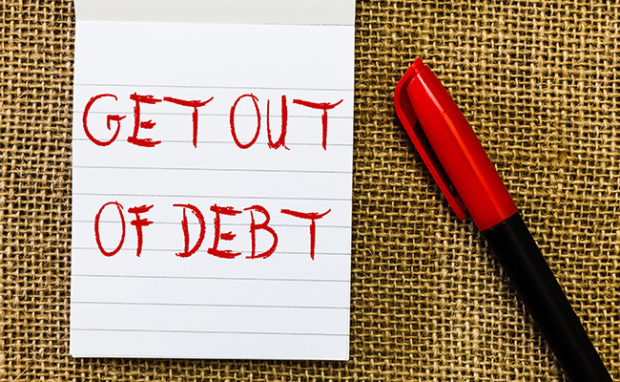Student Loan Forgiveness Programs
Does the weight of federal student loans burden you? If so, you’re not alone. Many individuals struggle with the financial strain caused by student loan debt. However, there is a glimmer of hope in the form of student loan forgiveness programs.
This article will explore the ins and outs of various loan forgiveness programs. Additionally, we will be shedding light on how they can alleviate the stress of student loan debt and pave the way to a brighter financial future.
Types of Student Loan Forgiveness Programs
1. Public Service Loan Forgiveness (PSLF)
The PSLF assists public service workers. This program focuses more on the company you work for and your job title.
Contrary to what you might think, there are a lot of jobs that qualify for PSLF.
With this, you can access 100% loan forgiveness after 120 payments, and the payments don’t have to be in succession.
However, your payments must be under a qualifying repayment plan:
- Income-Based Repayment (IBR)
- Pay As You Earn Repayment (PAYE)
- Revised Pay As You Earn (REPAYE)
- Income-Contingent Repayment (ICR)
Would you be ready for a Quick Quiz?
Standard Repayment
For most borrowers, an income-driven repayment plan amplifies the amount that will be forgiven and reduces your monthly payments
Eligibility
- Full-time employees at local, state, or federal government agencies or 501(c) (3)-designated organizations.
- Religious-based non-profits are exempt.
- To ensure eligibility for this loan, submit the Employment Certification for Public Service Loan Forgiveness form.
- The PSLF needs this form for each service year, so submitting it annually would aid in keeping you on track for the program and getting you to help with student loan debt.
Under PSLF, all direct loans qualify. This includes direct subsidized and unsubsidized loans, PLUS loans, and direct consolidation loans. Federal Perkins loans and Family Education Loans (FFEL) are only eligible for PSLF if first consolidated through a direct consolidation loan.
2. Forgiveness with Income-Based Repayment (IBR)
This is different from the most typical forgiveness program. However, your loans can get forgiven through the IBR.
This program regulates student loan payments at 10% to 15% of your discretionary income.
Any loan balance left will be forgiven after constant payments under IBR for 20 to 25 years (depending on your borrowing terms).
Eligibility
Your IBR payments must be smaller than your standard repayment plan payment.
Some Loans Are Not Likely to Qualify for IBR; these Loans Include:
- Subsidized and unsubsidized loans (Direct)
- Direct Grad PLUS loans
- Subsidized and unsubsidized FFEL Stafford loans
- FFEL PLUS Loans made to grad students
- Federal Perkins Loans, if consolidated
- Direct consolidation loans, unless they were used to repay parent PLUS loans or FFEL loans made to parents
Application
- Apply by applying to StudentLoans.gov.
- You could as well get a paper application from your loan servicer.
- You’d be required to show documentation such as a tax return and proof of income to get help with student loan debt
Read More: How to Pay Off Student Loans Fast? 8 Tips to Pay Off Student Debt
3. Forgiveness With Pay As You Earn (PAYE)
PAYE regulates your monthly payment at 10% of your discretionary income. Following payments for 20 years, any balance left would be eligible for forgiveness.
Eligibility
Your PAYE payments must be smaller than they would under the 10-year standard repayment plan. Qualified loans include subsidized and unsubsidized loans, direct Grad PLUS loans, and consolidated subsidized and unsubsidized FFEL Stafford loans. Additionally, reduced FFEL Loans made to grad students and Federal Perkins Loans are qualified. Lastly, direct consolidation loans are also included unless they repaid parent PLUS loans or FFEL loans to parents.
Application
Apply for PAYE through StudentLoans.gov. Bear in mind you would be required to provide income. Documentation.
4. Forgiveness with Revised Pay As You Earn (REPAYE)
To get help with student loan debt using this plan, your payments would be regulated at 10% of your discretionary income. Graduate loans are forgiven after 20 years, and undergraduate loans – after 10.
It is similar to PAYE, except it doesn’t require income eligibility. Anybody with eligible loans can apply.
Eligibility
Anyone with qualifying federal student loans. Eligible loans include direct subsidized and unsubsidized loans, Grad PLUS loans (Direct), consolidated FFEL Stafford loans, consolidated FFEL PLUS Loans made to grad students, and consolidated Federal Perkins Loans. Additionally, this direct consolidation loan is eligible unless they repaid parent PLUS or FFEL loans to parents.
Application
Apply through StudentLoans.gov, and you’d also need to process the required income documentation.
You May Also Like: How to Pay Off Debt: 10 Ways to Kill Debt with a Low Income
5. Forgiveness with Income-Contingent Repayment (ICR)
ICR alters your monthly payments according to your income. You pay either 20% of your discretionary income or what you’d pay on a fixed 12-year plan, whichever is smaller.
Although the ICR doesn’t reduce your payments like other plans, it has the advantage of being the only income-driven plan for borrowers with Parent PLUS loans.
Following 25 years of subsequent prompt payments, the remaining loan gets forgiven.
Eligibility
Anyone with eligible federal student loans. Eligible loans for ICR are subsidized and unsubsidized loans (Direct), direct PLUS loans made to grad students, consolidation of direct loans, consolidated FFEL Stafford loans, consolidated FFEL loans made to parents, close Parent PLUS loans, and consolidated Federal Perkins Loans.
Application
Apply for ICR through StudentLoans.gov.
Check if you qualify in two simple steps
- Step 1 – Select your debt amount below to see if you’re eligible
- Step 2 –Answer a few quick questions & join hundreds of thousands of Americans on the path to becoming debt-free
6. Federal Perkins Loan Cancellation
If you take a Federal Perkins loan and work full time, this is for you.
The Perkins loan cancellation and discharge program usually forgives a particular percentage of student loan debt after every service year.
As time goes on, you could get your whole Perkins loan canceled.
Eligibility
This program is popular among teachers and other workers in the education field.
Librarians and speech-language pathologists are among the other teaching professionals who also benefit.
Other qualified occupations include nurses, service volunteers, firefighters, law enforcement officers, and Military and public defenders.
Application
Could you speak to your loan servicer and the school’s student loan service to find out how to apply?
7. Student Loan Forgiveness For Teachers
Aside from PSLF and Federal Perkins cancellation, several loan forgiveness programs are available precisely for teachers to get help with student loan consolidation.
Teacher Student Loan Forgiveness
This is a national program that assists teachers in repaying their student loans.
To qualify for this, you need to have worked in a qualifying school for at least five successive years.
To find out if your school qualifies, check the low-income school directory.
Loan forgiveness amounts differ based on what subject you teach.
Eligible loans for this program include subsidized and unsubsidized direct loans and subsidized and unsubsidized federal Stafford loans. If you only have PLUS loans, you’re not eligible for this forgiveness program.
Application
You can apply for teacher loan forgiveness by completing the Teacher Loan Forgiveness Application.
Submit your application to your loan servicer.
You May Also Like: Student Loan Forgiveness for Teachers: Check out These Programs!
8. Student Loan Forgiveness for Nurses
Nurses have access to several state and federal student loan forgiveness programs.
NURSE Corps Loan Repayment Program
You may be eligible for this program if you’re a registered nurse, nurse faculty member, or nurse practitioner working in an underserved community.
You can access about 60% of the payment of your student loans in two years of employment. Working for the third year qualifies you for 25% forgiveness.
Application
Applications open once a year as guidelines are updated yearly. Please verify the policies and ensure you send in your application as soon as possible.
You May Also Like: Student Loan Forgiveness for Nurses: The Programs You Need to Know
9. Loan Repayment Assistance for Health Care Professionals
Doctors and healthcare professionals have various options for student loan forgiveness. Here are some programs that offer help with student loan debt:
National Health Service Corps (NHSC) Loan Repayment Assistance
The NHSC offers up to $50,000 to licensed healthcare providers. You must be a dentist, a primary care doctor, behavioral or mental clinician. That having been said, you are obligated to work for two years in an eligible area to receive loan assistance.
Students to Service Program
You must work as a primary healthcare provider in an eligible area for three years to qualify. This student loan forgiveness program offers up to $120,000
Indian Health Services Loan Repayment Program
This program pushes doctors to practice in Alaska Native and American Indian communities. The program pays up to $40,000 of your student loans, and in return, you have to commit to two service years.
National Institutes of Health (NIH) Loan Repayment Programs
The NIH program assists health professionals in research careers. The program will pay up to $35,000 of your student loans, and in return, you commit to two service areas at an eligible non-profit.
Loan Forgiveness for Doctors in the Armed Forces
The military provides several student loan repayment and forgiveness programs to healthcare professionals. Army doctors can access up to $120,000 from the Active Duty Health Professions Loan Repayment Program. The Navy Financial Assistance Program offers up to $275,000 in loan assistance for medical residents.
State LRAP Programs for Doctors and Other Health Care Professionals
There are several state loan repayment programs around the country.
The Massachusetts Student Loan Forgiveness Program offers up to $50,000 to health professionals working in shortage areas.
If you would like more options, you can check the complete repayment guide for doctors.
10. Loan Repayment Assistance for Lawyers
National and state repayment programs are available to help with student loan debt. You could even get help from your former law school. Ensure that you check out all the options for student loan forgiveness.
Some universities do help their alumni repay their loans. The University of Virginia, School of Law, will cover up to 100% of student debt for graduates making under $55,000 annually. This program pushes its students to work in public service. Could you find out if your state provides loan repayment help?
There needs to be a central database of employers and schools that show who helps with loan repayments. It would be best if you spoke with your alma mater or employers about getting repayment assistance.
You May Also Like: How to Get Rid of Student Loan Debt? Strategies for Financial Freedom
11. Student Loan Repayment Assistance Programs for Other Careers
Many state loan repayment assistance programs help professionals for two years of service in return.
The common career paths that benefit include lawyers, doctors, nurses, and teachers. Other occupations are eligible as well to receive this benefit. Some repayment programs for doctors assist veterinarians and pharmacists.
Others, like the Alfond Leaders Program in Maine, assist people in STEM careers. We recommend you check out your state’s provisions to find loan repayment assistance to help with student loan debt.
Related Articles
How Do I Lower My Student Loan Interest Rate?
Debt Management Methods: Successful Strategies for Your Debt
12. Military & Government Student Loan Forgiveness and Assistance
The military does not just offer loan forgiveness for Navy and Army doctors.
This type of loan program assists veterans and armed forces members. The National Guard, Army, Air Force, and Navy all provide loan repayment assistance programs. The Army’s College Loan Repayment Program repays one-third of your loans annually for three years.
You could receive up to $65,000 in assistance in total. Many programs for military student loan repayment and forgiveness are available; ensure you know which you’re eligible for.
13. Student Loan Discharge for Special Circumstances
Student loan discharge differs from loan forgiveness, as it could completely eliminate your debt.
In exceptional situations, borrowers can have their student loans.
There are seven circumstances under which you could be eligible for student loan discharge, and they include the following:
- Closed school discharge
- Student loan discharge in bankruptcy
- Loan cancellation for total and permanent disability
- Discharge for false certification or unauthorized payment
- Unpaid refund discharge
- Borrower defense discharge
Please ask your loan servicer if you qualify for student loan discharge.
Conclusion
In conclusion, if you find yourself weighed down by the burden of federal student loans, remember that there is hope in the form of student loan forgiveness programs. You can explore these options and see if you qualify.
Additionally, take the necessary steps toward easing the burden of your student loans. Remember, there is help available for those who seek it.
Frequently Asked Questions
What happens if I don’t qualify for student loan forgiveness programs?
Suppose you need to meet the eligibility criteria for student loan forgiveness programs or have private student loans that aren’t eligible for forgiveness. In that case, options are still available to manage your student loan debt. You can explore alternative repayment plans, such as income-driven repayment, which adjusts your monthly payments based on your income and family size. Refinancing your loans with a private lender can also secure a lower interest rate. Additionally, focusing on budgeting and creating a repayment plan can help you make consistent payments and pay off your loans efficiently. Please consider contacting a student loan counselor or financial advisor for personalized guidance based on your circumstances.
Do private student loans qualify for loan forgiveness programs?
In most cases, private student loans do not qualify for federal loan forgiveness programs. These programs are typically available only for federal student loans. However, some private lenders may offer loan forgiveness or repayment assistance programs, so it’s worth exploring options with your loan provider. Refinancing personal student loans into a new loan with a different lender may provide alternative repayment terms. Still, weighing the benefits and potential drawbacks before deciding is important.
How can I maximize my chances of getting approved for loan forgiveness?
To maximize your chances of getting approved for loan forgiveness, it’s crucial to carefully review and understand the eligibility requirements and guidelines of the specific program you’re interested in. Follow the instructions provided by the program and submit all required documentation accurately and on time. Maintain regular communication with your loan servicer, keep records of your payments and employment, and promptly respond to requests or notifications. It’s also beneficial to stay updated on program changes or updates that may affect your eligibility. Consulting with a financial advisor or student loan specialist can provide additional guidance and support throughout the loan forgiveness process.
Published on December 3, 2019; Updated on June 24, 2023.
Sponsored Advertising Content:
Advertorial or Sponsorship User published Content does not represent the views of the Company or any individual associated with the Company, and we do not control this Content. In no event shall you represent or suggest, directly or indirectly, the Company's endorsement of user published Content.
The company does not vouch for the accuracy or credibility of any user published Content on our Website and does not take any responsibility or assume any liability for any actions you may take as a result of reading user published Content on our Website.
Through your use of the Website and Services, you may be exposed to Content that you may find offensive, objectionable, harmful, inaccurate, or deceptive.
By using our Website, you assume all associated risks.This Website contains hyperlinks to other websites controlled by third parties. These links are provided solely as a convenience to you and do not imply endorsement by the Company of, or any affiliation with, or endorsement by, the owner of the linked website.
Company is not responsible for the contents or use of any linked website, or any consequence of making the link.
This content is provided by New Start Advantage LLC through a licensed media partnership with Inquirer.net. Inquirer.net does not endorse or verify partner content. All information is for educational purposes only and does not constitute financial advice. Offers and terms may change without notice.


